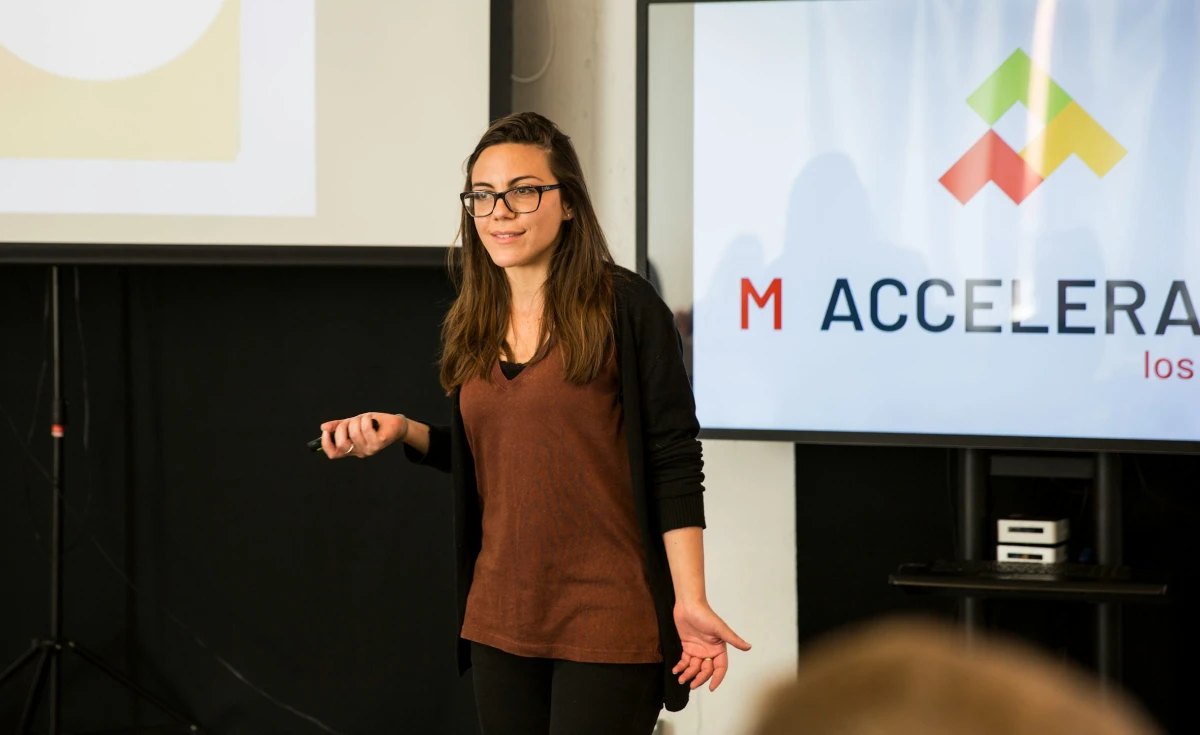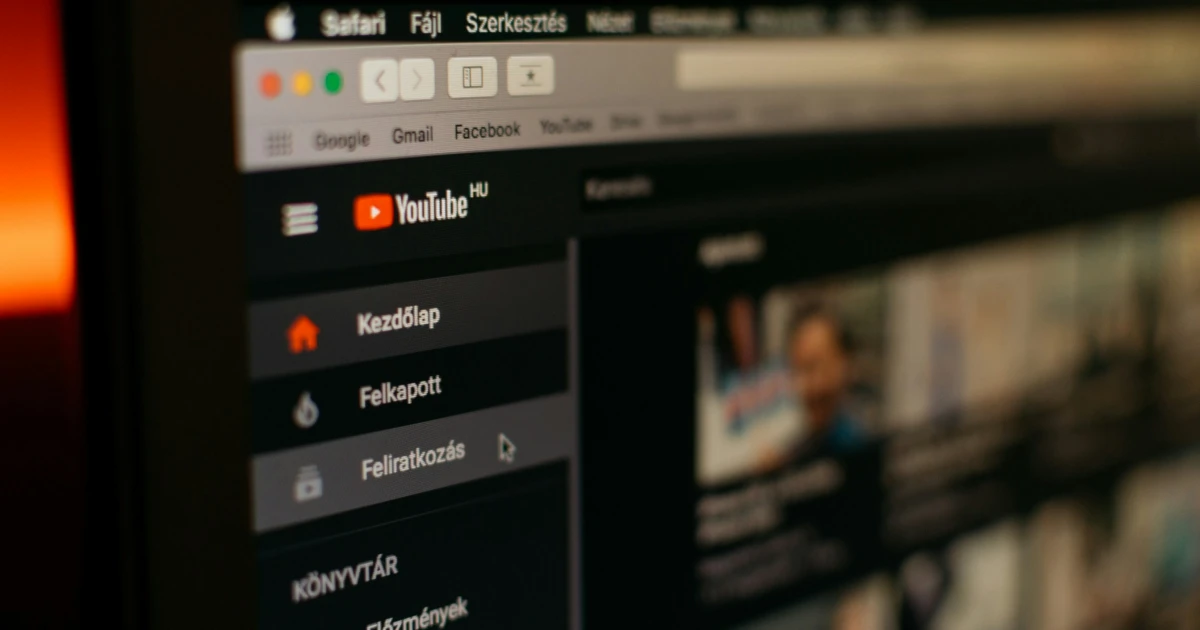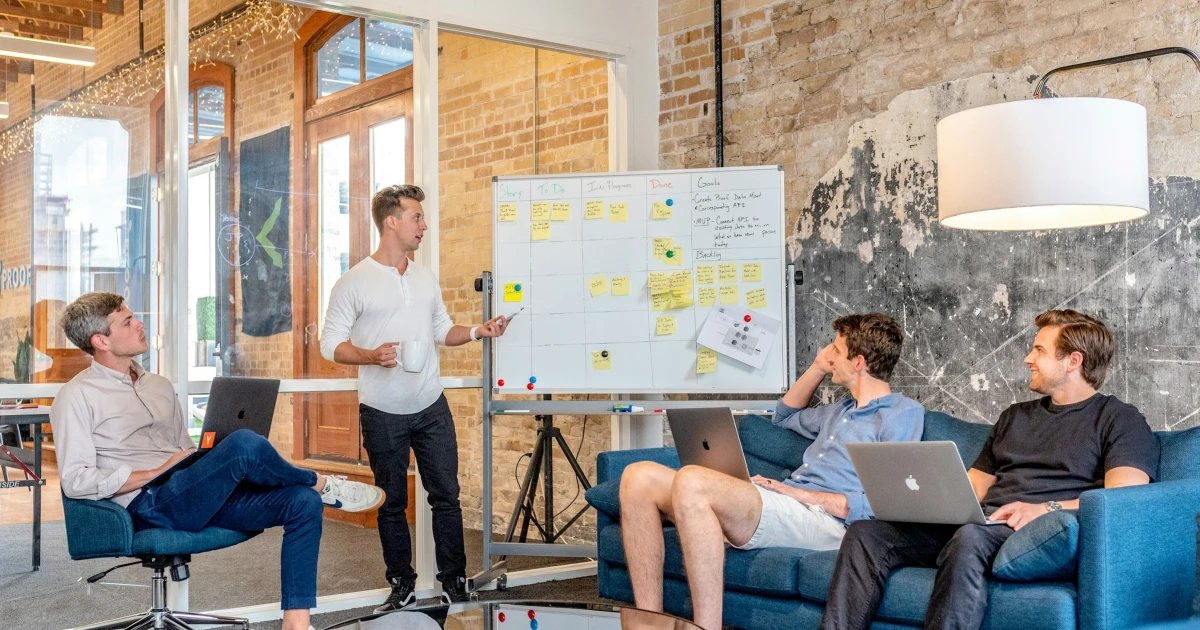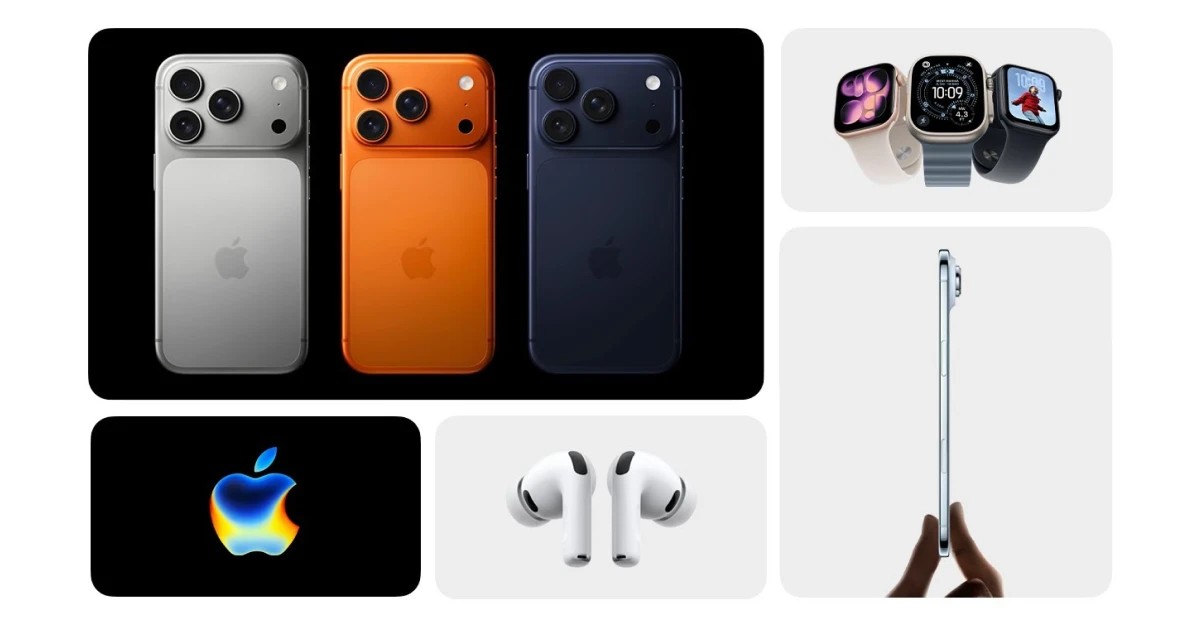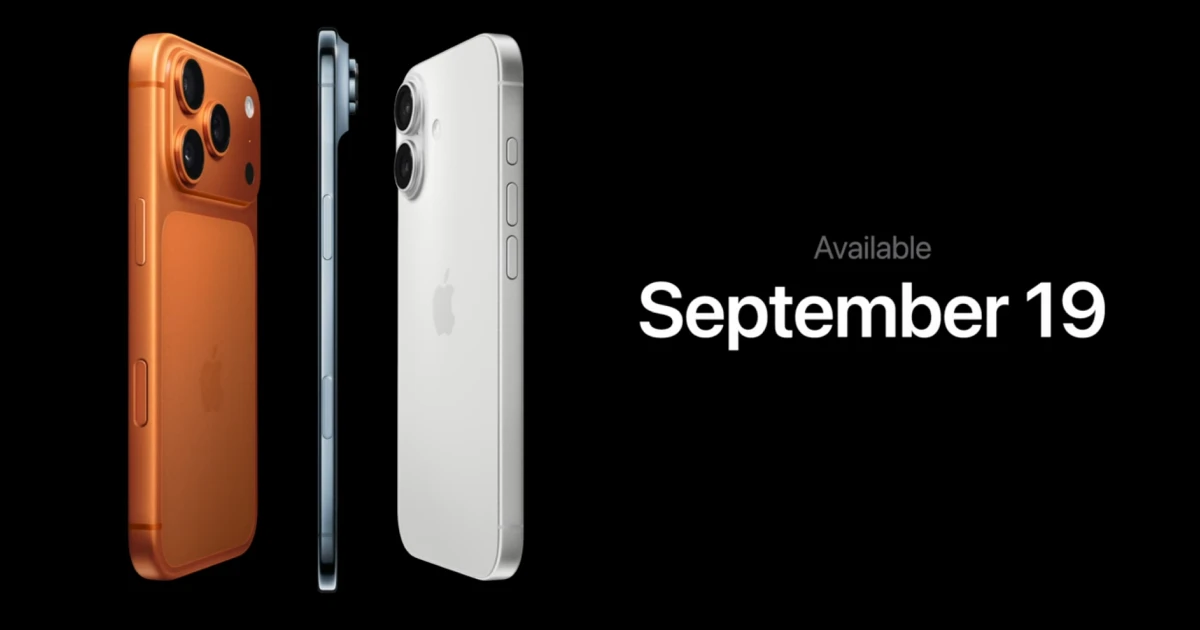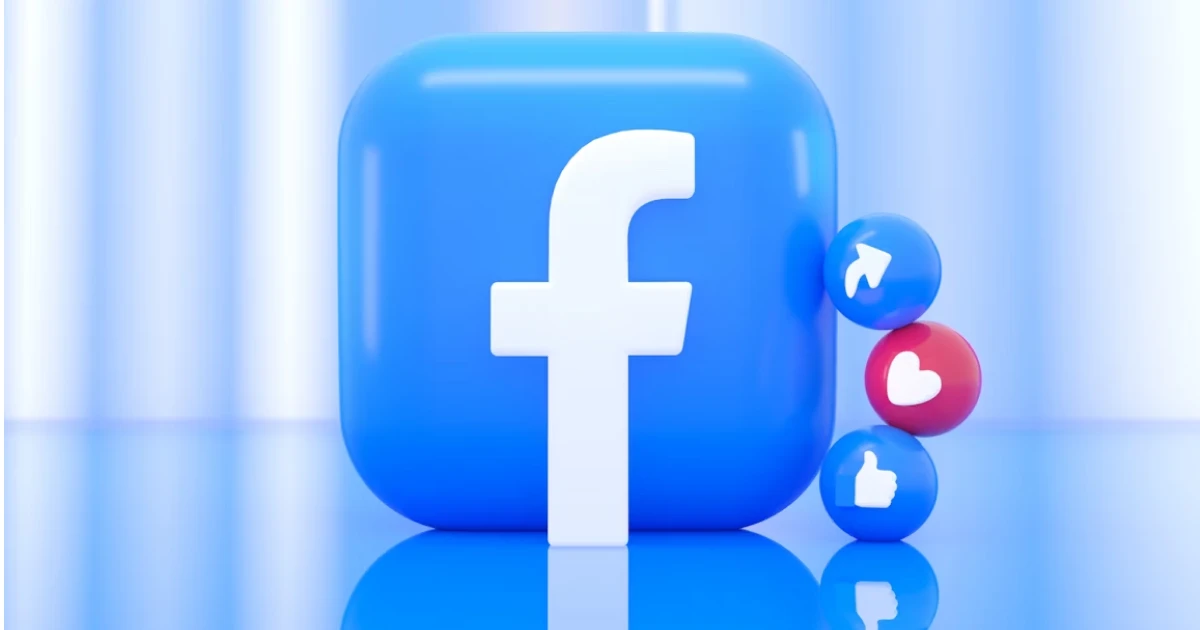- Retro Groovy Typography
The UI design has seen the dominance of big and bold typography, strategically placing text at the forefront to command attention. The UI design is going in a fresh wave of creativity by reimagining the aesthetics of the old eras in exciting and innovative ways, such as going retro, groovy, and bubbly. The idea behind this trend is to raise memories from the 70s and 80s vintage and vibrant designs while making it feel timeless and fun.
The retro groovy typography style is perfect for a web design app design lover who is influenced by the past and gives contemporary interfaces a nostalgic feel reminiscent of vintage designs. To create a user experience memorable and unique in the digital landscape, designers are growing to use this aesthetic as a link between the past and the present. This trend allows designers to create experiences that connect with people deeply by interconnecting the old and the new timelessly.
- Deconstructed hero sections
As a web design app design lover, you know that the hero section is the first greeting the user gets when visiting a website, and making it different and out of the ordinary makes it memorable at first glance. The deconstructed hero section trend will take center stage in the following year, pushing the boundaries of conventional approaches to improve memorability. The new tech trend in UI design lies in the deliberate act of deconstruction.
Designers are rethinking hero sections by combining content snippets, bold typography, and unaligned images, fostering an environment of intrigue and curiosity. So, with the new tech trend in UI design, designers can create unique entrances that not only grab users’ attention but also set the tone for the entire user experience. Even if the design is minimal or overcrowded by shapes and colors, the deconstructed hero sections will leave the users interested to know more.
- The new trend of off-white
In this modern digital era, where screens dominate the lives of users, a shift in color aesthetics has appeared. This shift has given rise to the `Off-White is the new white` trend, an aesthetic choice intended to improve the overall user experience. The off-white new tech UI design trend adds a touch of warmth to the designs, giving them a chic yet classic look. The soft background acts as a canvas, removing the intensity of a stark white background so that other design elements can stand out.
The Off-White trend represents an emotional significance for the designers on the user experience, the move towards off-white tones is an intentional decision to accomplish harmony between modernism and a hint of classic refinement. The Off-White trend makes the designs seem not just contemporary, but also friendly and accessible.
- Reinventing the cursor
The cursor is always there, but never in the spotlight most of the time. But, the designers can change that! Designers can elevate the functions and improve the experience with an additional degree of interactivity. Unlike the cursor from the late 00s, this reinvention isn’t just for fun and artifices, it prioritizes enhancing the user experience. Designers will explore innovative ways to make the cursor both useful and delightful.
To make the cursor useful, amusing, and practical exist many possibilities. The cursor can become a fluid element that can change and morph itself and the background while hovering over different objects around the website. The cursor can change its shape while hovering buttons, make the background color change while moving the mouse, or expand certain elements, it boosts the experience and the whole design of the project. Also, you must remember that moderation is the key, and avoiding overwhelming effects is necessary.
- Data Visualization
Data visualization is a technique of presenting complex datasets using graphic elements to simplify the communication of insights much more effectively and quickly. As a web design app design expert, you need to thanks to the rapid upgrades in coding and UI UX design, the era of untidy charts and tables is fading. Simplified and user-friendly methods for visualizing datasets have taken center stage. That means the range includes graphs, counters, images, and interactive maps. For example, an app like Spotify, or Headspace is going for bigger and improved personalization, that offers simpler and much more insightful data that the users need. So, the data will give them something to work on and motivate them to be better every day.
Businesses influence data visualization to highlight features and achievements. So, the key points can be seen in clear visual graphics, effectively conveying information to users or stakeholders. Now, that we see where UI design might take us, it’s time to speak about Figma and everything about the web, app and software, let’s talk about the UX design trends!
(Image Credits: Unsplash)1. AR/VR Immersive Experiences
As a web, app and software interested you can see how technological innovation has brought Augmented Reality (AR) and Virtual Reality (VR) closer to the people more than ever before. With these new concepts, appeared new design challenges and methods to seamlessly blend the real and virtual worlds for the user. The use of these technologies grows larger day by day. And UI UX designers saw the opportunity to create interactive UI UX designs! AR and VR will let designers think beyond the boundaries of conventional interfaces.
So, they have the opportunity to experiment with advanced storytelling techniques, sound, animation, and 3D objects while designing for extended experiences. The AR and VR make the experience more inclusive for users, so the designers can create user-friendly designs with technology for motor and visual disability. The AR technology can help by guiding visually disabled users through a facility, increasing independence. For example, Apple Vision Pro, or Meta Quest Pro with their cutting-edge AR capabilities, showcases the potential for seamless integration of digital information into the users' physical environment. Because these immersive realities become more and more integral, the possibilities for designers and inclusion will continue to expand.
2. Voice user interfaces (VUIs)
Speech recognition technology or VUI, allows voice commands to be used to communicate with a computer, smartphone, or other devices. UI UX designers can see that VUIs are increasingly popular, from smart home devices like Alexa, and smart assistants like Siri, to the voice search option on YouTube and Google. The demand for more effortless and hands-free interaction thanks to the development of gesture control and voice assistant technologies, gives more opportunities for UX design and designers to focus on creating simple-to-use and effective voice interfaces. So, this helps ease the user’s interaction with the digital space without using conventional input methods like a touchscreen, mouse, or keyboard.
3. Multi-Modal Interfaces
Addressing the different types of interfaces individually in the previous 2 topics brings us to the multi-modal interfaces that combine a range of inputs, including touch, manual gesture, pen, and speech. For web, app, and software design examples like AR, VR, and VUI often embody multi-modal characteristics. The multi-modal interfaces reflect the chosen interaction style of the user and facilitate the flexibility to mix and match modalities easily or change input styles to see which one works best for a specific situation. Also, these increase accessibility and give the user the independence to work with different input types and flows.
4. Generative AI
AI is one of the biggest topics in this past year, from all its benefits to all the obstacles it can create. So, it has proven to be a powerful tool that can take places we couldn’t even imagine before. Thanks to AI and connecting user experience knowledge and the machine learning algorithms that it can offer a UI UX designer can create deeply personalized, user-centric, and engaging experiences. This combo with AI can push the frontiers of UX design so it can produce much more accurate, inclusive, and innovative experiences by overcoming the barrier between people and technology. So, how can you use the power of AI to enhance user experiences?
- Ideas Exploration: test and analyze the ideas you have and concepts by exploring all possible contexts.
- UX Research: learn about new topics, stands for new workflows, ask for resource suggestions, draft and upgrade user questions and protocols, analyze data faster, and provide better reports.
- Personalization: use AI technology to help you explore deeper into the preferences and needs of each user to create tailored experiences.
- Accessibility: because AI can explore all circumstances, it can be used to help you create accessible and inclusive decisions and designs
- User Testing: evaluate the ways you’ve used so far, explore new options, and conduct more explorative user tests.
5. Emotional Design
One of the biggest trends where UI UX design might take us is emotional design. Emotional design will utilize facial recognition and emotion analysis tools to adjust interfaces to users’ emotional states. The following years will see UI UX designers engage with design tools that improve micro-interactions and animation. Companies will prefer to take a user-centered approach for precise attention to detail. This trend will lead to dynamic content and UI adjustments, creating empathetic and engaging UX design.
6. Attention to Detail and simplicity
Advanced animation libraries like Lottie and CSS animations will provide meticulous attention to detail. Micro-interactions will offer surprising feedback, while smooth transitions and micro-animations will add finesse and sophistication to designs. Also, by using Figma or another design platform you will be able to create a user-friendly design that will rely on frameworks. Low-code and no-code platforms will simplify the design process, delivering straightforward and intuitive user journeys, reducing complexity, and enhancing clarity.
These are some UI UX trends you can use for your web, app, and software designs. With the help of Figma or any other design platform, you will bring your designs to a better version. These trends are a few that we discovered.
UI/UX design promises to be an exciting journey towards more efficient, inclusive, and user-centered digital experiences. These trends will inspire designers to break free from conventions, rethink user interactions, and inject creativity into every pixel. From the embrace of nostalgic vibes to the integration of cutting-edge innovations like AI, and AR/VR, the future of UI UX design is poised for an exciting revolution.
These suggestions of trends aren’t just suggestions but powerful tools for designers to shape the way users engage with technology. Following these trends, as a designer, you’ll embrace boldness in creation, and let the imagination run wild.




.webp)

